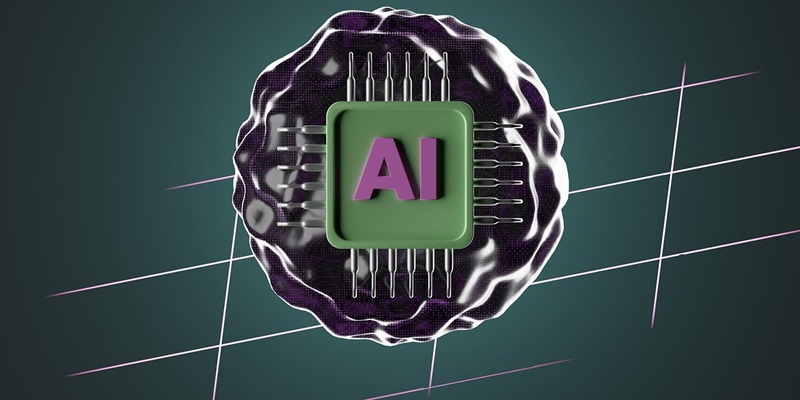OpenAI’s release of the Sora video AI model has created a stir in the tech industry, showcasing its potential as a major step in the advancement of video AI technology. Sora’s ability to generate 60-second video clips with remarkable precision and inventiveness marks a substantial advancement in artificial intelligence. As conversations about its possible uses and the consequences for the industry flourish, OpenAI is reinforcing its position at the forefront of a sector where rapid innovation is paramount. This game-changing model has reshaped expectations, underlining the accelerating pace of AI development and its transformative impact on how we create and consume digital content. Sora’s unveiling is not merely a technical milestone; it is a signpost indicating the future direction of generative AI, solidifying OpenAI’s role as a pioneer within this dynamic field.
Sora’s Capabilities and Industry Impact
The Sora model’s adeptness at generating short video pieces captures the evolving demand for rapid content creation. The AI’s understanding of visual storytelling and its ability to interpret briefs have far-reaching implications for industries ranging from entertainment to education. Yet, what sets Sora apart is not just the technical prowess it brings to the table—it’s also the broader vision OpenAI has for its application. Nimble and resourceful, Sora promises to streamline workflows, reduce production costs, and democratize access to high-quality video production, thus altering the competitive landscape.
Bolstering this shift is the palpable excitement from other industry players. Stability AI hails the advancement as an inspiring benchmark and appears eager to explore the synergies between such models and their own technological pursuits. The impact of Sora is not isolated to content creation—it breathes new life into various ancillary sectors, stimulating the development of complementary tools and services. As other organizations scramble to keep pace with OpenAI’s formidable stride, the video AI race is gaining momentum, underscoring the technology’s explosive growth trajectory.
The Stakes for Video AI Dominance
In the dynamic realm of video AI, innovation is not just an asset but a necessity, as illustrated by the impressive Gen-2 update from Runway and their Multi-Motion Brush. This innovation underlines their competitiveness and the investor enthusiasm reflected in their increased valuation. However, the advent of OpenAI’s Sora emphasizes the need for swift adaptation to stay relevant in this rapidly evolving tech landscape.
Creativity is valuable, yet practical tools like Sora garner significant interest, highlighting the need for companies to balance inventiveness with consistent technological advancement. Runway’s Gen-2 Book of Weights symbiotically represents this balance, reminding industry leaders to persistently innovate and offer groundbreaking solutions. The path of video AI is rapidly ascending, and leading companies must focus their creative efforts towards developing cutting-edge technologies that open up unprecedented possibilities for the industry.

